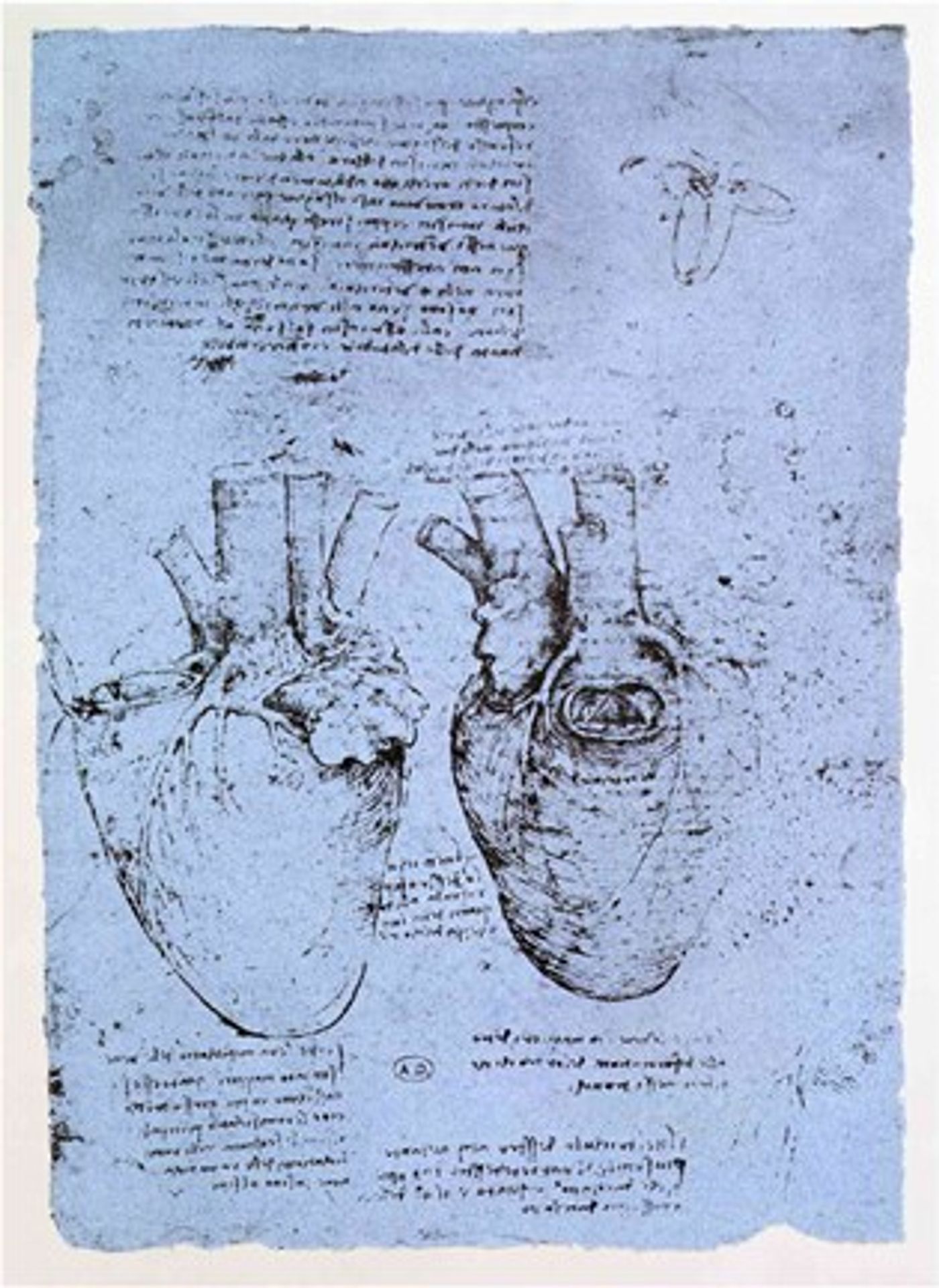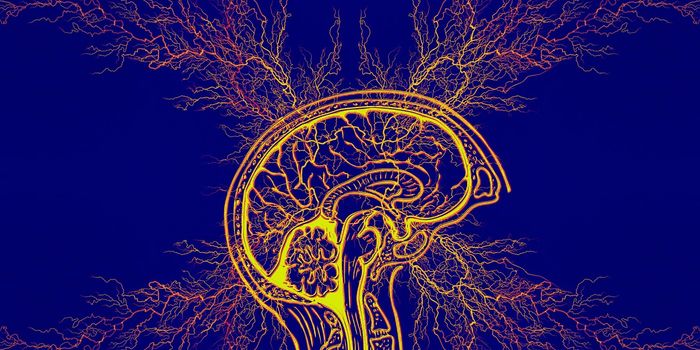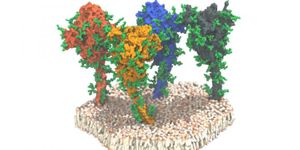Gaining Insight Into a Mysterious Network of Fibers in the Heart
Leonardo da Vinci was one of the great geniuses of human history who had tremendous insight into many subjects, one of which was human anatomy. Researchers have now confirmed some of his ideas about a mesh network of muscle fibers called trabeculae that surround the heart's inner surface. Their work, which was reported in Nature, provides insight into how these fibers affect the performance, or failure, of the heart.
The heart is the first organ to grow as a human develops, and it starts beating at around four weeks. Early on in its development, trabeculae form geometric patterns on the inside of the heart's surface, but their function has remained mysterious. The trabeculae were first sketched by Leonardo da Vinci in the 16th century. He suspected that they were involved in warming the blood as it moved around the heart.
In this study, the scientists utilized artificial intelligence to assess 25,000 MRIs (magnetic resonance images) and the associated genetic and phenotypic data that were associated with them. The research suggested that the heart ventricles have a rough surface that enables blood to efficiently flow as the heart beats, akin to dimples on a golf ball making it go further.
"Our findings answer very old questions in basic human biology. As large-scale genetic analyses and artificial intelligence progress, we're rebooting our understanding of physiology to an unprecedented scale," says Ewan Birney, Deputy Director-General of EMBL.
The research also identified genetic regions that may be influencing the pattern of the fiber network. Two of the six genetic regions they found are also related to controlling branching in nerve fibers, so a common mechanism may be responsible.
"Our work significantly advanced our understanding of the importance of myocardial trabeculae," noted Hannah Meyer, a Principal Investigator at Cold Spring Harbor Laboratory. "Perhaps even more importantly, we also showed the value of a truly multidisciplinary team of researchers. Only the combination of genetics, clinical research, and bioengineering led us to discover the unexpected role of myocardial trabeculae in the function of the adult heart."
The work indicated that the trabeculae's shape may be influencing heart performance, so the network may have a role in some types of heart disease. When the scientists looked at their genetic data, they found that the muscle fiber patterns were linked to the risk of heart failure.
More work will be needed to understand how trabeculae may be contributing to disease.
"Leonardo da Vinci sketched these intricate muscles inside the heart 500 years ago, and it's only now that we're beginning to understand how important they are to human health. This work offers an exciting new direction for research into heart failure, which affects the lives of nearly 1 million people in the UK," added Declan O'Regan, Clinical Scientist and Consultant Radiologist at the MRC London Institute of Medical Sciences.
Sources: AAAS/Eurekalert! via European Molecular Biology Laboratory - European Bioinformatics Institute, Nature









